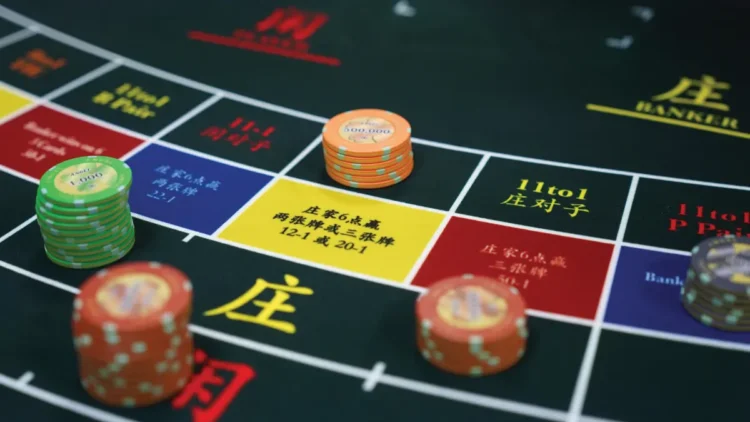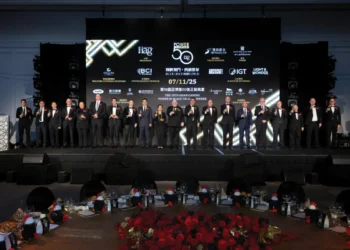The rise of baccarat side bets brings with it the opportunity for operators to create added value – but there is also the risk of value deterioration if players deem the new options to be too complicated or to yield diminished returns.
Baccarat has undergone a notable transformation, particularly through the introduction of “Lucky 6” and “Lucky 7”. These additions are designed to sustain gameplay engagement while driving casino profitability. By expanding wagering beyond the traditional “Banker” and “Player” bets, baccarat with side bet options creates fresh layers of excitement and anticipation among players. That said, baccarat side bets also present a complex interplay of value creation and destruction for both casinos and players.
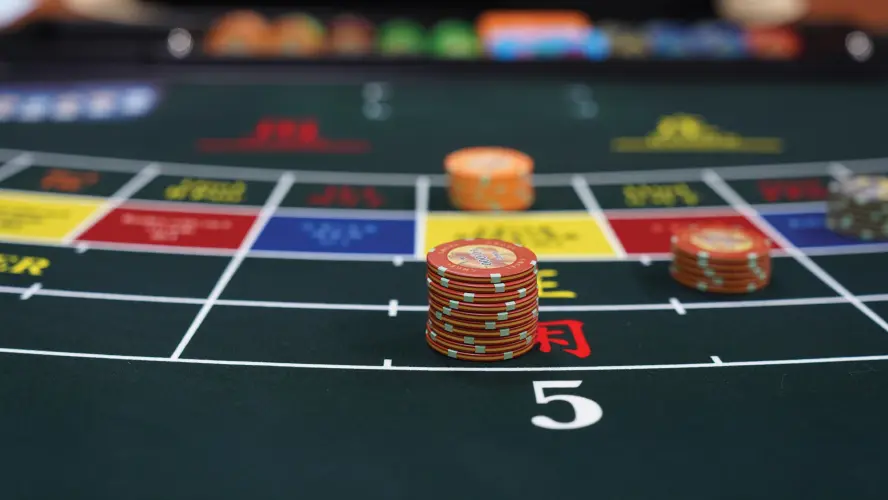 Why side bets matter
Why side bets matter
In baccarat, the main game is often perceived as straightforward; however, side bets inject variety, making each round more dynamic. From the perspective of casino operators, baccarat side bets exemplify a deliberate strategy in value creation. Adding new betting propositions to the traditional game introduces high-volatility options that appeal to players’ desire for outsized returns.
One of the key challenges for casinos is keeping players entertained. Baccarat is no longer just a game of quiet suspense. At their core, side bets create experiential value. They speak to the risk-seeking players, especially among the casual crowd, who are more motivated by thrill and excitement than by considerations of optimal strategy.
Operationally, what side bets offer is their contribution to increased revenue per table, as players often make these wagers alongside their base bets. For casino operators, this translates into a higher yield without significant overhead (smart table infrastructure notwithstanding). With the advancement of smart table technology, new side bets are relatively simple to integrate and require no fundamental changes to the core game mechanics, allowing for innovation without alienating traditional players.
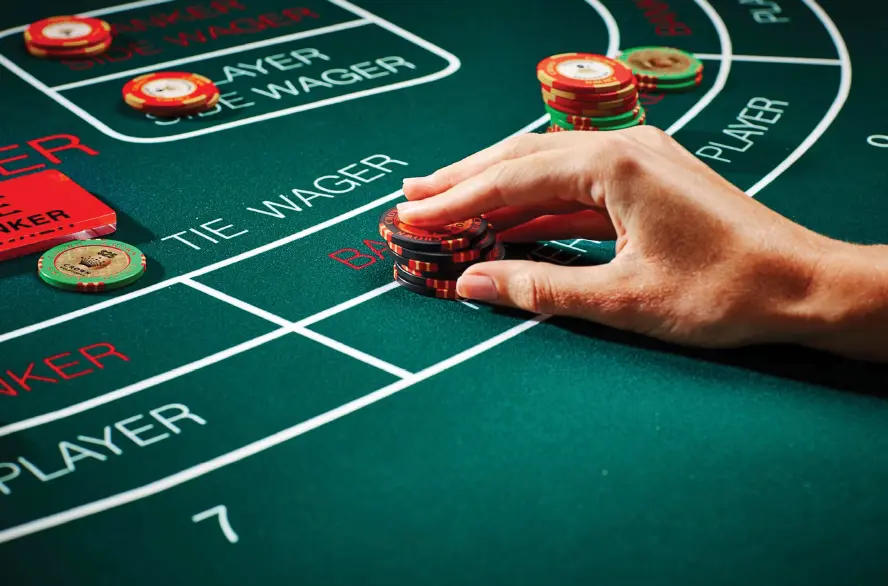 Staying competitive
Staying competitive
There is also a strategic layer to consider. Side bets are functioning increasingly as differentiators in both local and global gaming markets. The so-called “sicbo-lization” of baccarat (i.e. the introduction of complex, high-payout propositions reminiscent of the sic bo table) injects novelty into a game long known for its simplicity. This modern twist not only keeps players interested but also enriches the overall gaming experience.
As competition intensifies across the Asia-Pacific gaming market, Macau casinos must find ways to remain relevant. Side bets allow operators to innovate without reinventing the core game. The introduction of the “Lucky” series is a case in point. These side bets reflect a broader effort within the local gaming industry to stay competitive by offering fresh, engaging experiences that align with evolving industry trends.
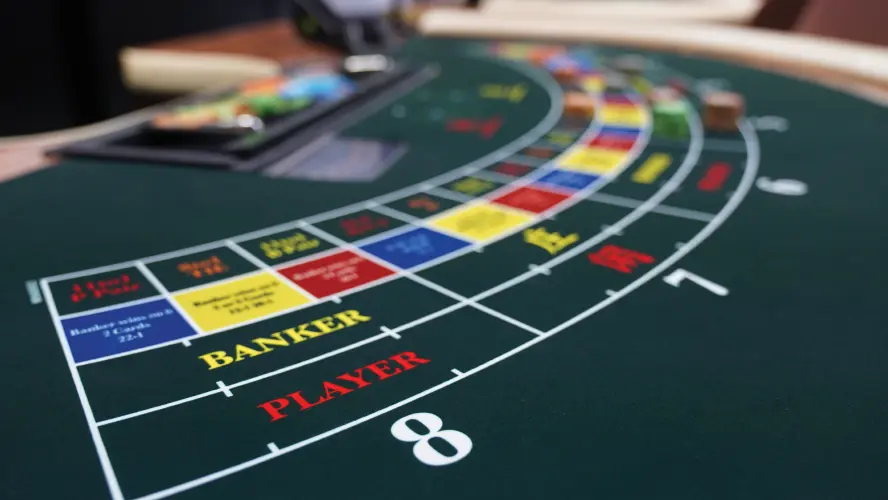 The hidden cost of side bets
The hidden cost of side bets
Despite their benefits, side bets also carry elements of potential value destruction. The core appeal of traditional baccarat lies in its low house edge, which makes it a favorite among players and a staple in Macau casinos. Side bets, by contrast, feature substantially higher profit margins for the property. For example, “Lucky 6” and “Lucky 7” offer flashy payouts but come with house edges of 16.68% and 18.30%, respectively. These steep odds may erode expected value for players, especially those who overcommit to such bets that have poor expected returns.
This shift in player behavior also has financial consequences. Side bets may undermine disciplined bankroll management, as players may wager disproportionately on low-probability outcomes. This tendency can reduce both time spent at the table and long-term engagement. While side bets can improve short-term entertainment, they may discourage sustained gameplay if players begin to feel the odds are overwhelmingly stacked against them.
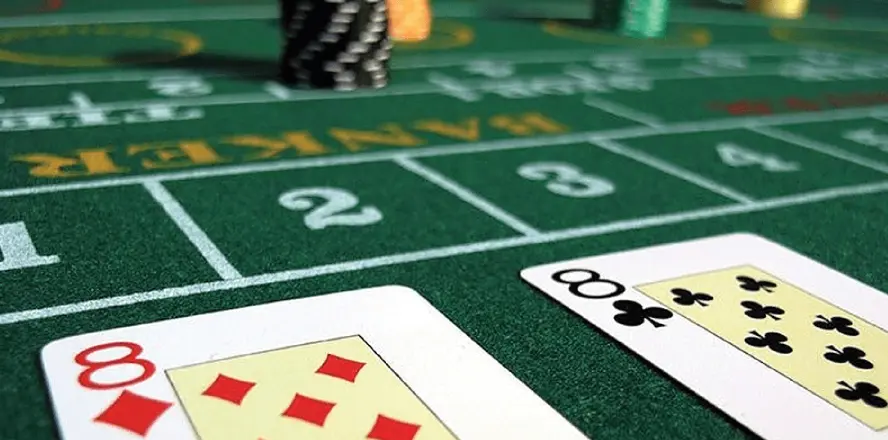 When innovation overreaches
When innovation overreaches
Side bets add undeniable excitement to baccarat, but as the saying goes, “too much of a good thing” can have unintended outcomes. The “Lucky” series, for example, has been well received by players. In contrast, baccarat insurance has failed to resonate with most patrons in the local casino context.
An excess of side bets can disrupt the game’s pace. With more wagers to manage, dealers take additional time processing multiple bets and payouts. This delay reduces the number of hands played per hour and places strain on frontline staff. Such operational drag may frustrate both veteran players and casino management.
Although side bets can boost revenue, their integration requires advanced systems such as RFID-enabled smart tables with chip attribution to strengthen security and operational efficiency. These systems enhance regulatory and operational monitoring; they also raise costs and introduce additional complexity among inexperienced frontline personnel.
When more becomes less
Visual complexity is another concern. An “overcrowded” table layout, resembling sic bo with its myriad betting options, can make baccarat appear unnecessarily complicated. This visual clutter may discourage general players who are typically drawn to the game’s simplicity. What was once an accessible game risks becoming intimidating and opaque.
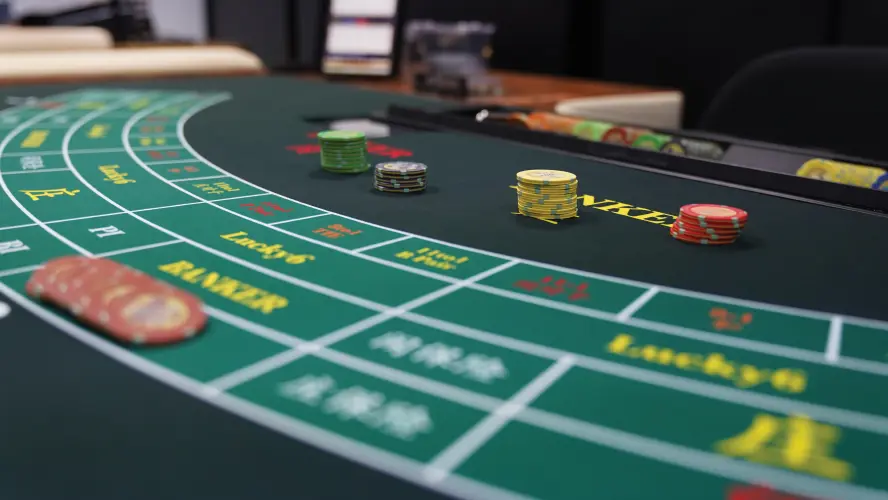 Players may also experience “choice overload” – a cognitive phenomenon in which too many betting options lead to confusion rather than increased engagement. Instead of enriching the gaming experience, excessive choice often causes players to hesitate rather than fully enjoy the game.
Players may also experience “choice overload” – a cognitive phenomenon in which too many betting options lead to confusion rather than increased engagement. Instead of enriching the gaming experience, excessive choice often causes players to hesitate rather than fully enjoy the game.
Balancing bets
Baccarat side bets offer a compelling mix of value creation and destruction. Their introduction exemplifies how Macau casinos are strategically expanding their product offerings to enhance player engagement and broaden revenue streams. The relative success of these side bets can pave the way for further experimentation with other traditional table games and electronic gaming machines.
Looking ahead, we can expect to see more creative variations of classic games, possibly incorporating elements of skill, technology or even gamified experiences. However, if such innovations prioritize short-term gains over player satisfaction, they risk value destruction by undermining trust and loyalty. A sustainable business model must balance innovation with ethical considerations to ensure long-term success.
To value and beyond
New side bets are much like an acquired taste. They come with a learning curve, and not all players are willing to invest the time to understand the game rules. Some players may stick to the main game, leaving unfamiliar side bets underutilized. Reconciling novelty with simplicity is key to maintaining the timeless appeal of baccarat in Macau casinos.
Ultimately, value creation in casino operations should be viewed as a marathon, not a sprint. Baccarat side bets may deliver immediate revenue gains, but their true potential lies in sustaining player engagement and broadening the game’s appeal. This value-creating process does not result from sweeping changes, but from gradual, incremental improvements, including tweaks in game design, data-driven personalization and seamless integration of technology.






